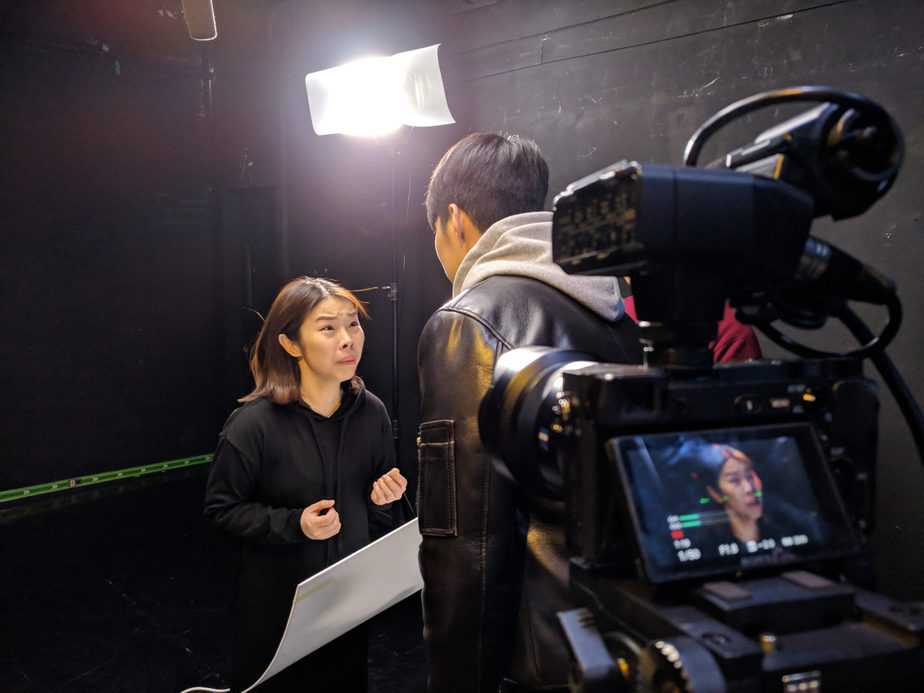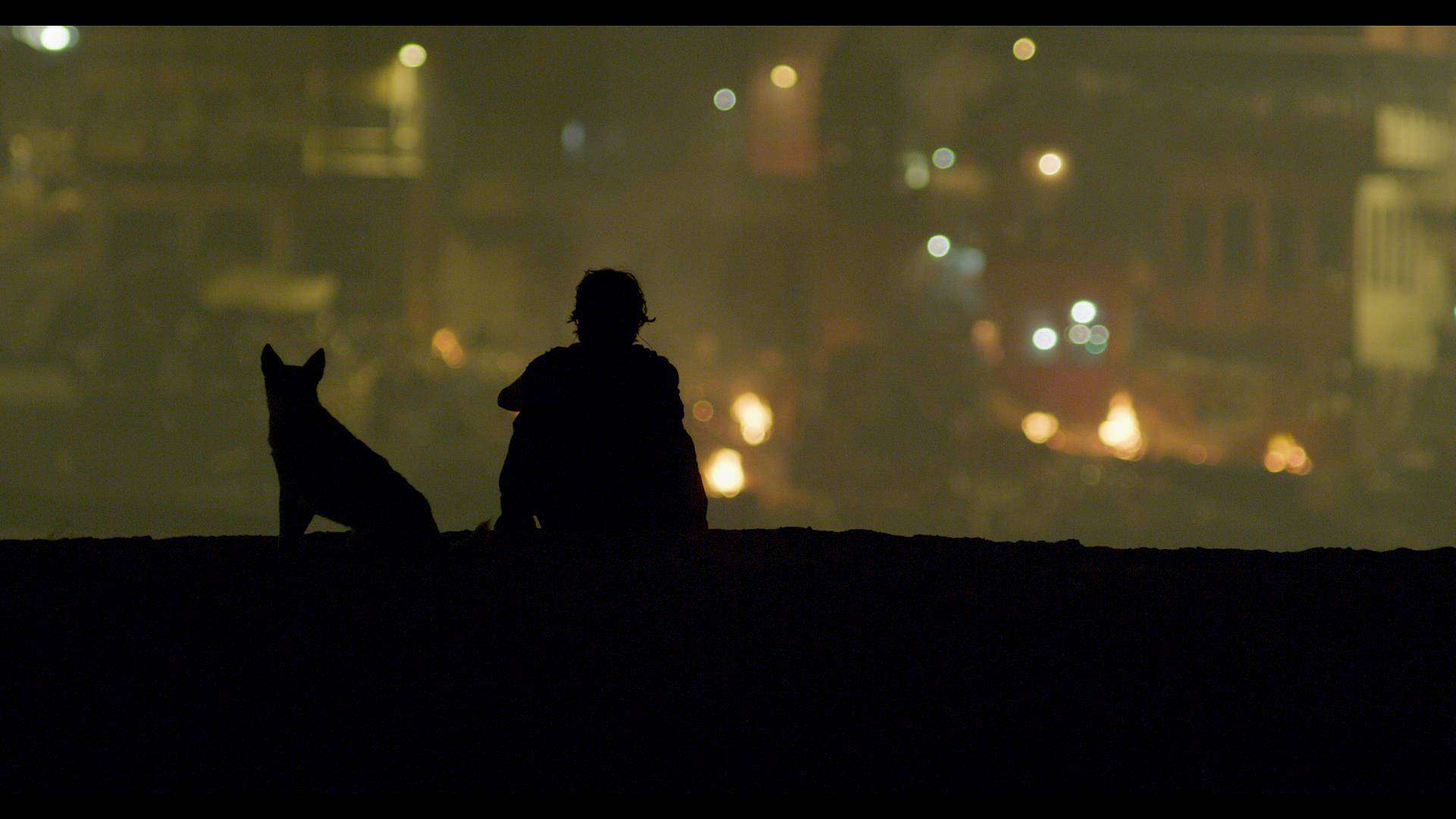The Korean film scholar and director Nam Seung-suk has been represented for years with his documentaries at the most important festivals in South Korea, including the Seoul Independent Documentary Film Festival and the Busan International Film Festival. His current film “Sentimental Education” is still waiting for an official release.
Nam enters the world of theater. Like a play itself, the film is structured with a prologue, three acts and an epilogue. From the beginning, the documentary picks up speed rapidly and remains varied and entertaining until the end. Protagonists of the film are the members of a local theater company in Seoul. The film takes as its starting point the auditions and rehearsals for a futuristic-dramatic play in which the two Koreas are no longer divided.
The DMZ has become a magical forest. People go there to fulfill their wishes. But the journey is arduous and not without danger. That is why there are specialized guides. It is no coincidence that the story is reminiscent of Tarkovski's “Stalker”, since the play is a re-interpretation of the material. The director of the theater has developed the story to fit into Korean reality. His play is titled “Crying Faces” and actually includes several of them, the faces of its protagonists struggling between their real life traumas and the demanding roles they need to depict on the scene.
But “Sentimental Education” does not only observe the rehearsals on stage. It also follows the actors during the breaks, in the dressing room and outside, when they meet friends or go to work. It is the women on whom Nam focuses more closely. Without making himself recognizable as the director, he holds his camera very close to their faces. The position of women in Korean society was one of Nam's interests for the film. For this, he let women of different ages have their say. The lines between the play they represent and their real life emotions fluctuate constantly during the movie. For the play, their theater director, listened to their experiences and incorporated them into their play characters.

For both the directors, of the theater and the film, the women have their undivided attention. They can complain and cry. The three women in the focus talk about their experiences with men, which were unhappy in all cases. The conversations captured are about gender roles, love and trauma. The documentary is an attempt to analyze these feelings and that is how its title is to be understood. Just as difficult as emotions are to define, the film eludes precise categorization. It could be described as turbulent, erratic and allusive. And this is precisely what distinguishes it from classic documentaries and makes it so worth seeing.
The titles of the different chapters show no simple questions. Does love exist? Is love eternal? Can love really save us? Unfortunately, the film and its protagonists do not provide the answers to these questions. Rather, they show how much pain can be associated with the subject of love. Director Nam gives a lot of space to his protagonists. The result is a rather melancholic film, which feels oppressive for the viewer.
But it also is very poetic in its own way. Repeatedly the protagonists quote movies, mostly classic love films by Leo McCarrey, Frank Capra or Michael Curtiz: films that sell utopias of passionate and fulfilled love. Nam's characters speak of them with both resignation and hope. And it's exactly what Nam tries to achieve. It might be through film that some of the traumas that were experienced by theses women might be mildened. It can be art that heals or at least comforts the soul. With Beethoven's “Sonata No. 23”, the director underlays these thoughts with a correspondingly dreamy and romantic melody.
The cinematography by Oh Se-hyun as well as the editing by Kim Sun-min have a significant influence on the documentary. The shots stand out because of a steady hand and consistency, even though the locations and settings are very diverse. The fast editing not only creates a harmonic picture, but also underlines the originality of the work. Nam takes the viewer on an emotional journey, which is marked by ups and downs. It is not always clear what is real or what is theater. The film owes its strong impression especially to its protagonists, the actors of the “Crying Face” troupe.
Director Nam has a special sensitivity for people's buried sorrows. He is interested in the individual, without seeking for a lurid point of view.















